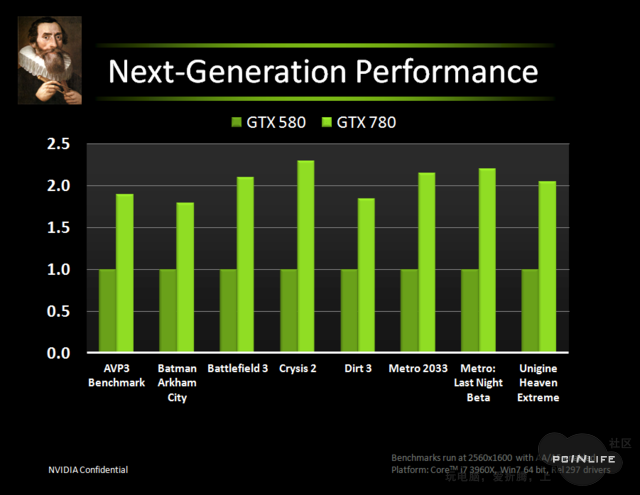Maybe as a safety net to be at least able to wage a price war if AMD is on time with 28nm next-gen and Kepler might be late? Remember the GT200 disaster end of 2009 where Nvidia stopped production of 55nm GT200 chips and had nothing to compete from lower midrange upwards.
In response to the problems with the larger GPUs, NV has changed their ramp-up cycle a bit. The smaller GPUs of the same family do no longer "wait" for the biggest to be ready.

